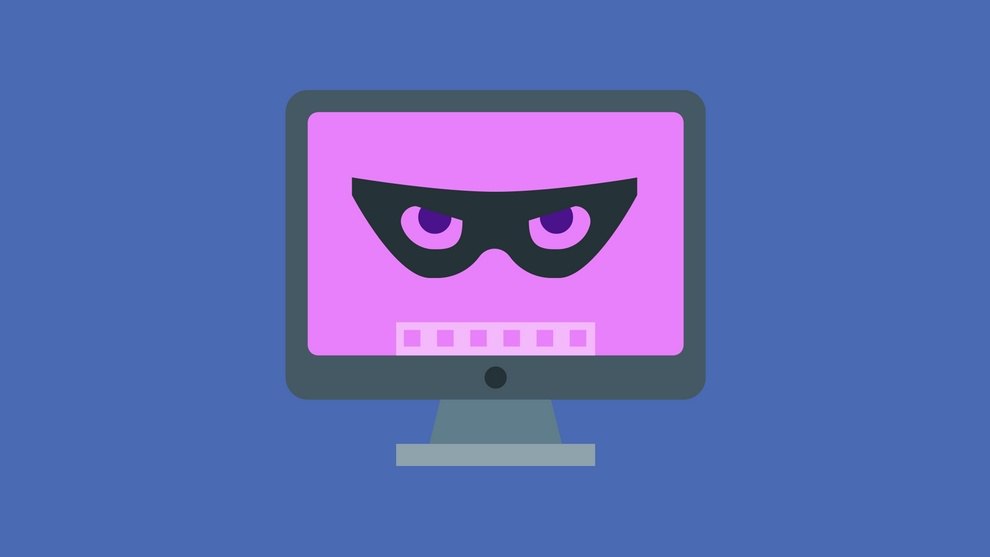What Brings the Dark Lords to Your Enterprise?
Your network is attractive to hackers, it's important to know why and what they're looking for.
Please Note: This is the first article in a series.
Nowadays the questions isn’t if you’re going to get attacked, but when and how frequently. It’s a reality that everyone has come to accept but for some reason we still think, in the back of our minds, that it won’t happen to us. (We’ll deny it if you ask.) For you to truly accept that hackers are out there to get you, like monsters under your bed, you have to understand why they are there in the first place. Then you’ll no longer see them as invisible threats but rather ones that are knocking on the doors of your network, trying to see if anyone is home or maybe left the door unlocked.
So let’s really get into why Big Bads are peeking into your network. The retail industry is an easy one to understand why and what a Big Bad would be searching for - credit cards. Credit card information can be sold on the Dark Web and used for identify theft activities. Simple, right? We all know this. What about the other industries? What about YOUR industry? Let’s discuss just a few. If you don’t see your industry, don’t fret – there’s plenty of information that crosses industry boundaries.
HEALTHCARE
Healthcare networks host a variety of sensitive and very personal information items. According to a report by KMPG, 81% of healthcare providers have experienced a cyber-attack in the past two years and only half of those organizations believe they have sufficient technology to guard against such attacks in the future. Why would a Big Bad care that you got some rare disease from your trip overseas, you daughter broke her leg at gymnastics, or that your grandma was diagnosed with high blood pressure? According to a report by Reuters, Big Bads can take your grandma’s health profile and sell it for 10-20 % more than they can your credit card profile. Diagnosis information can be used to order prescription drugs or health equipment, or make fraudulent insurance claims. Moving records from paper to digital and the pressure to stay up-to-date with medical equipment while sacrificing IT updates makes the healthcare industry even more attractive and susceptible to attack.
"81% of healthcare providers have experienced a cyber-attack in the past two years and only half of those organizations believe they have sufficient technology to guard against such attacks in the future."
- KMPG Augus 2015
EDUCATION
Big Bads would never be interested in your school network, would they? Actually, they know that while education systems operate with seemingly large budgets – try not to laugh, security funds are limited. Limited budgets usually mean systems that use a “one size fits all” approach and are left with vulnerabilities and easy access points. We aren’t even going to mention the fact that more students are bringing their own devices onto campus. (OK, we did mention it.) The reality is more devices connecting to the network means vulnerability grows exponentially. Big Bads will be looking to exploit those opportunities to, at worst, seize funds, or at the very least a Big Bad could mean a student looking to change grades. That’s exactly what your network needs, some kid fumbling around, making you even more vulnerable.
STATE & LOCAL GOVERNMENT
Federal government agencies are another “no-brainer” for why Big Bads would want to compromise their network security. Some of the most valuable and sensitive information on this planet is contained in those networks. What about state and local government agencies? Many employ those who have worked for other government or military agencies and have access to security clearance and background information on those individuals. Information held in those documents may not just pertain to the individuals employed, but also their family members. This type of information can be used for identity theft, but it can also be used to create larger profiles and events they have been involved in to target them. Hackers have been known to attack a network and copy and delete data, copy access codes, leak information, and hold information as ransom. Whether state-sponsored, terrorist related, or just an individual/group looking for information to make a dollar on the Dark Web, your government network is a treasure chest to Big Bads with lots of sensitive information. In fact, Gov. Rick Snyderreports that the state of Michigan gets attacked approximately 2.5 million times per day.
"The truth is that attackers will focus efforts on smaller suppliers and service organizations in order to gain easier access to larger organizations.”
- Jason Smith, IE
IT’S NOT YOU, IT’S THEM
Regardless of industry, another very real reason for Big Bads to start poking around is because they need you to get to someone else. According to Jason Smith, IT Security and Compliance Consultant at IE, “Many small and medium sized businesses, as well as larger companies, dismiss security as they believe attackers will not target their organization because they have nothing of significant value to steal. The truth is that attackers will focus efforts on smaller suppliers and service organizations in order to gain easier access to larger organizations.” Jason went on to use the Target attack as an example, “The attackers infiltrated a small HVAC repair company first, then used the service supplier relationship to gain access to Target and ultimately to the credit card network.” So maybe your company doesn’t hold particularly attractive information, rather it’s the relationship and integration with your suppliers and customers that’s so attractive. You are their gateway, you’re network is still valuable even if it isn’t the end-game.
There are no limits to the lengths Big Bads will go to get access to your valuable information, and sometimes their resources are virtually limitless as well. It may seem like an overwhelming task and responsibility placed at your feet – the trust of customers, employees, and citizens to keep their information secure. It is a large responsibility but it doesn’t have to be daunting. Now that you understand why they are knocking at your backdoor, you can find ways, big and small, to defend against them: educating your employees, your first line of defense, conducting risk assessments to know where you are vulnerable, and creating an incident response plan to know what to do when a Big Bad does compromise your network, just to name a few. Every step is a step closer to awakening your Security Force to defend and guard your sensitive data against the Big Bads of the cyber world.
Note: This is the first article in a series. To view the next one, click here.



